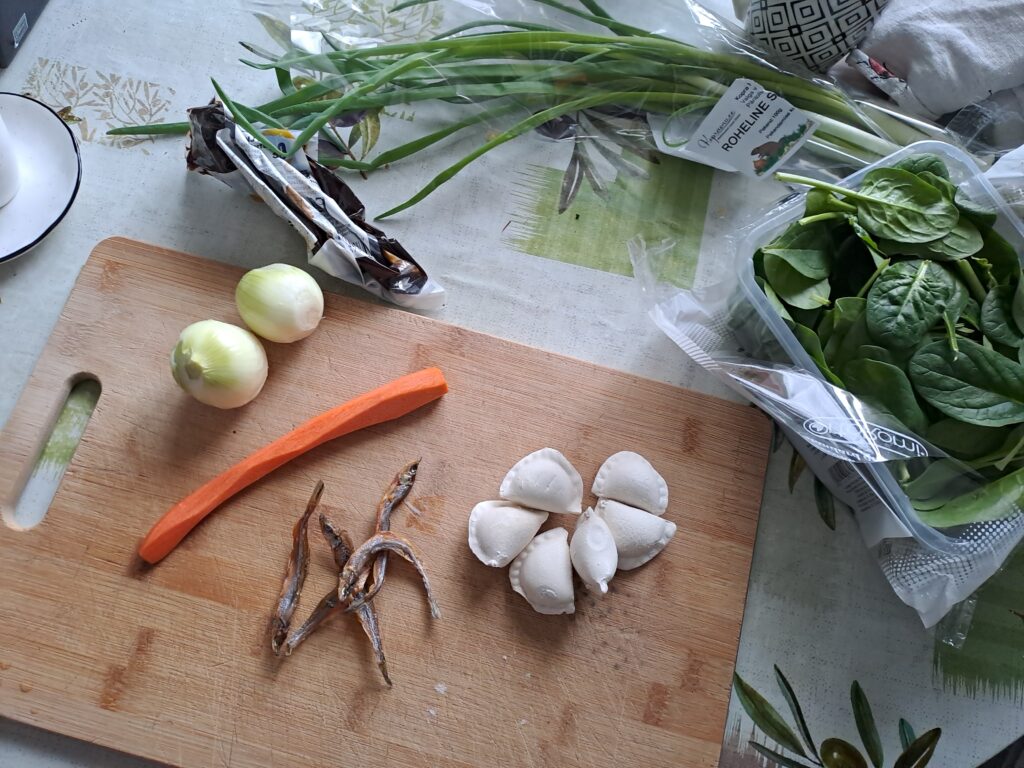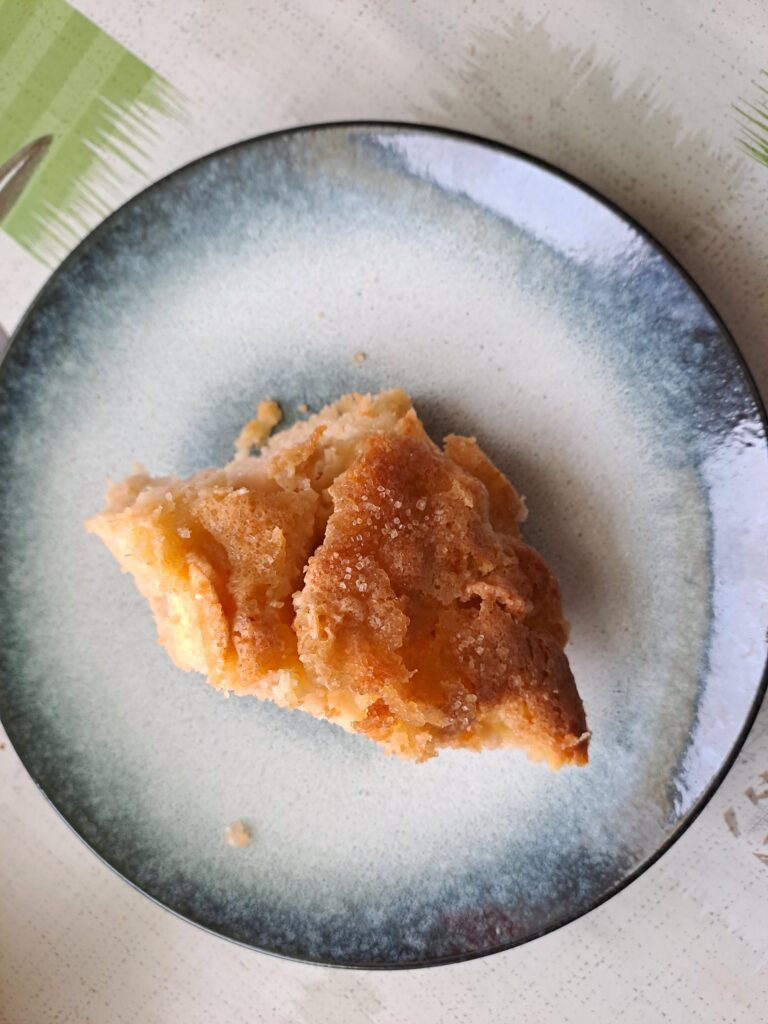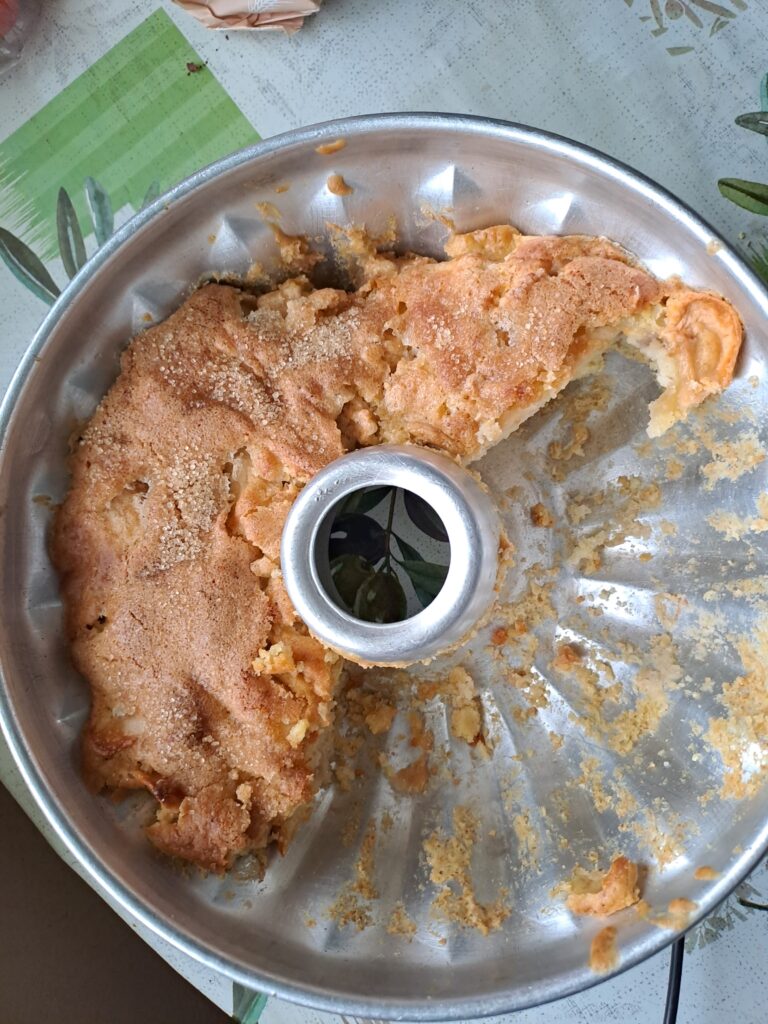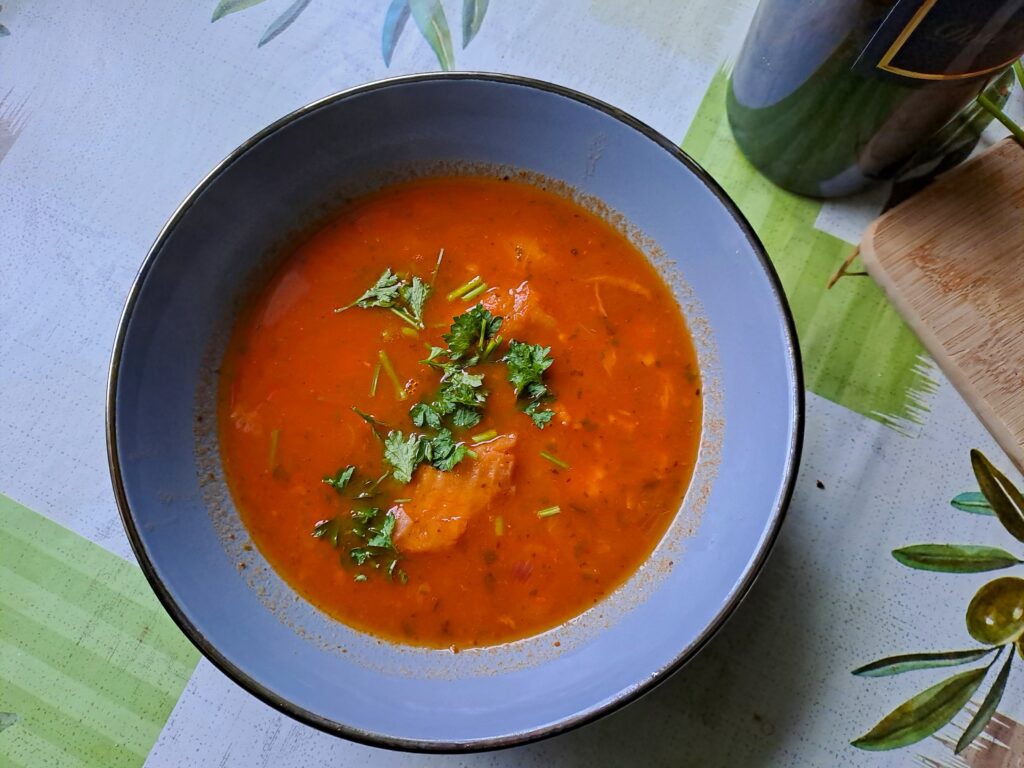
What you need:
– 5 small dried fishes (Peipsi tint – see photo below), or any dried fish, cut to pieces or at least a tablespoon of original japanese fish flakes
– 1 tablespoon of oil
– 2 medium onions
– 1 carrot
– a little bit of geen onion for taste and garnish
– handful of spinach or any other leafy green of your choice
– handful of pelmeni (or any savory dumpling of your choice)
– 3 tablespoons of soy sauce
– 1 teaspoon of miso paste
– salt for taste
– 1 -1,5 litres of water
How to make:
It is basically a Japanese miso soup – but not quite, because getting original ingredients for that is very expensive in Estonia. For this soup, it is best to prepare all ingredients in advance and then start cooking. Chop the fishes – it has to be dry and salty and you really need to adjust the amount according to the saltiness of the fish – as small as you can. Peel and cut the carrots and onions. In a pot, heat the oil and then add onions. Wait until they start to brown before you stir. Then add the cut fish pieces and let it sit there for a minute or two. Add carrots and fry for a minute. Then add water and soy sauce. As soon as water starts cooking, add the pelmeni – they will be ready when they start floating on top. Take the pot from the fire, put in the greens and stir in the miso paste and salt if necessary and enjoy right away.
There is no limit to what ingredients you can use there: mushrooms, cabbage, almost any kind of vegetable, tofu, even leftover meat. As long as you have the base and your greens, everything else is basically cleaning out your fridge.
How much does it cost:
Miso the amount of miso will be around 50 cents, onions perhaps 10 cents in today’s prices, carrot also along those lines, greens maybe 50 cents, tops, as well as the pelmeni. This amount of fish will be also around 10 cents. A bit of oil and everything and you will come out with under 2 euros for that soup.
Peipsi tint
So, you want to know what a Peipsi tint is? Behold, this is it: small fishes (Osmerus eperlanus morfa spirinchus) from lake Peipsi which are mostly eaten as super salty dried snacks which go well with cold beer. You might think that they are little, but in this soup you will definitely feel their fishy taste.














